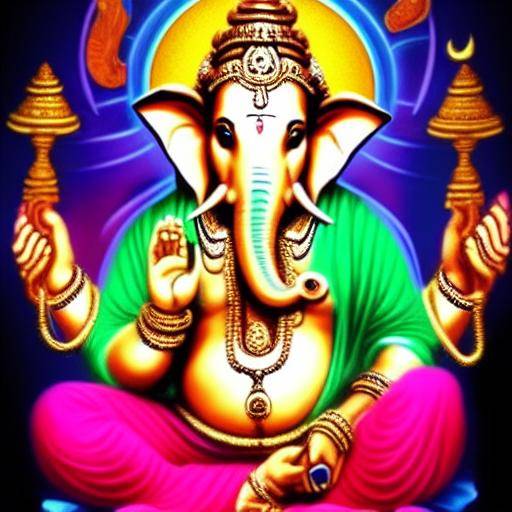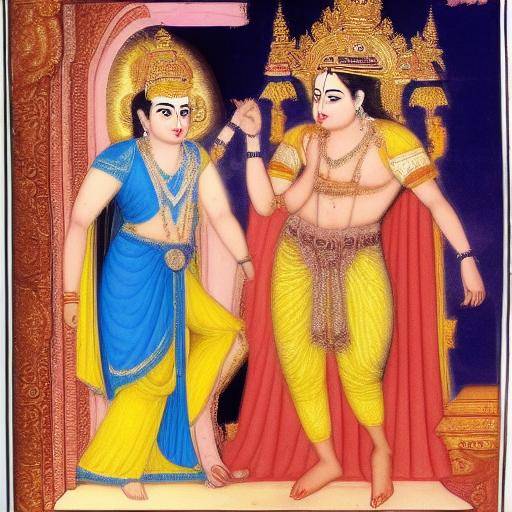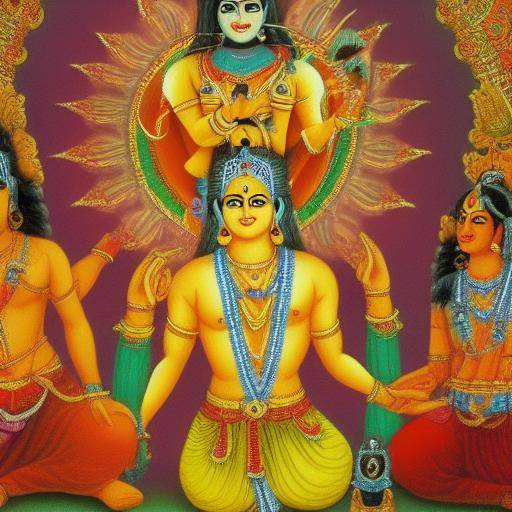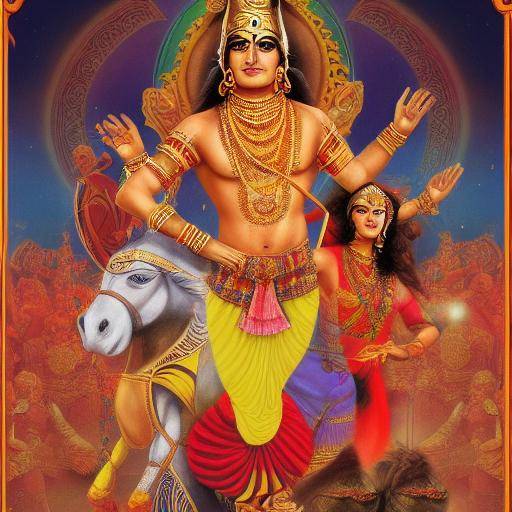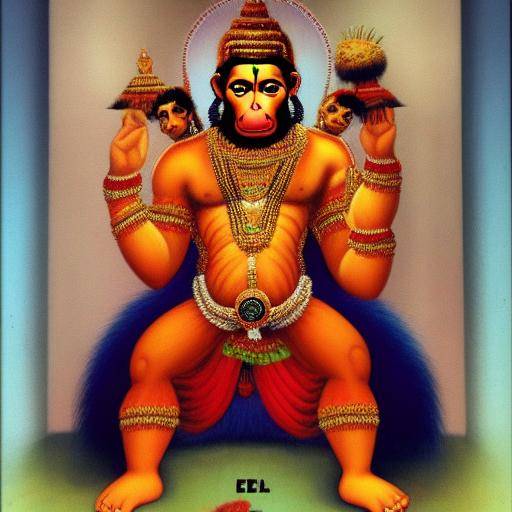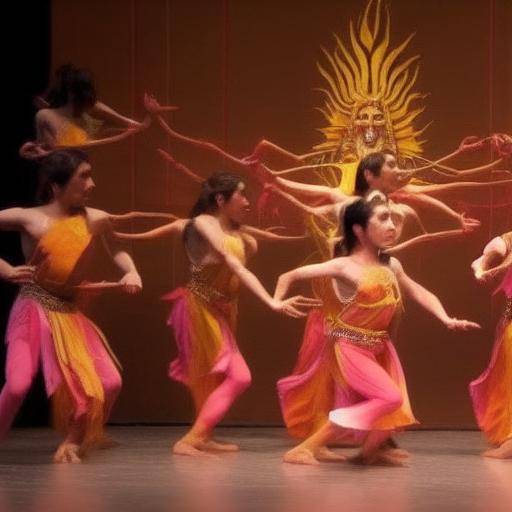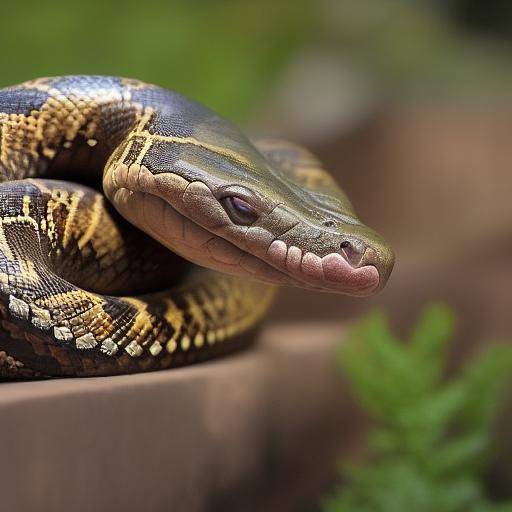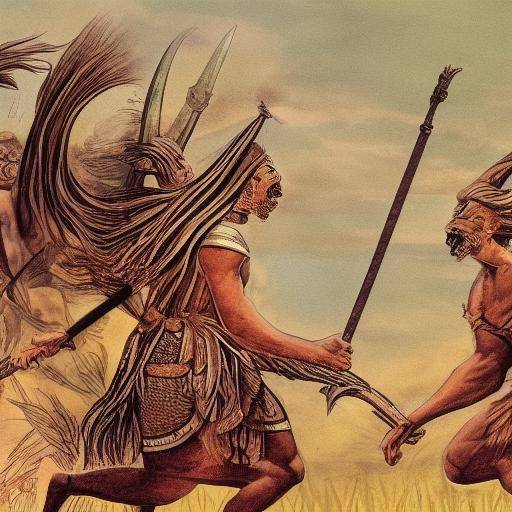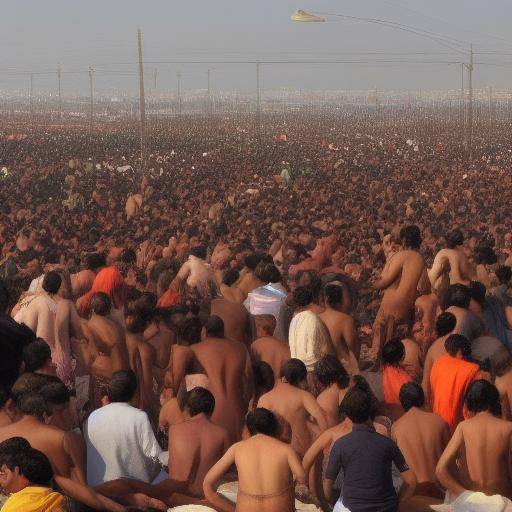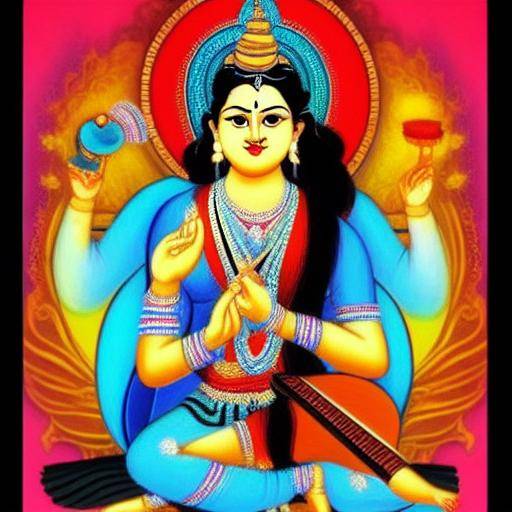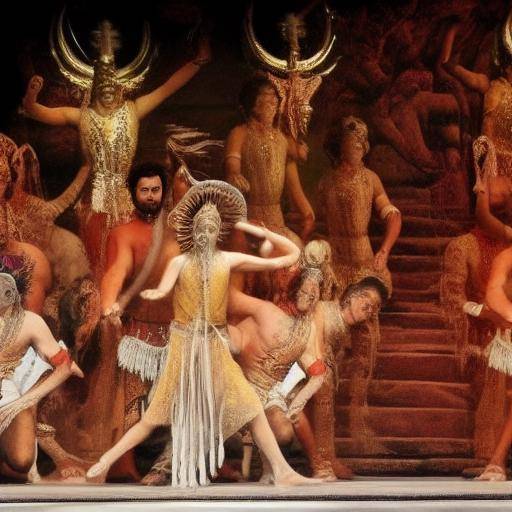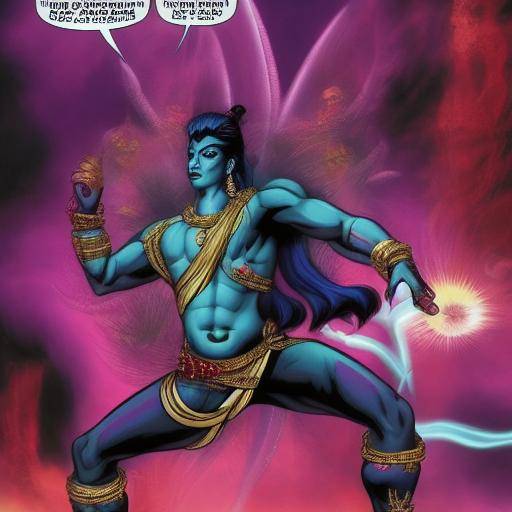
Hindu mythology is full of wealth and depth, and one of the most emblematic representations of this tradition is the divine duality of Shiva and Shakti. In this article, we will explore the figures of Shiva and Shakti, their cultural and spiritual significance, and their relevance in Hindu mythology. Join us on this journey to understand the essence of this divine duality and its impact on the Hindu worldview.
Introduction: The Fascinating Duality of Shiva and Shakti
Hindu mythology is intricately intertwined with countless deities, myths and symbolisms that have been transmitted over millennia. In the heart of this rich tradition, we find the divine duality personified in the figures of Shiva and Shakti. The interaction between these two divine aspects is fundamental to understanding the creative and destructive force that drives the universe.
In this article, we will deepen the essence of Shiva, the representation of male divinity, and Shakti, the female incarnation of cosmic energy. We will explore their meanings, their roles in creation and destruction, their influence on spirituality and the impact on the daily lives of those who follow the Hindu tradition.
The History and Legacy of Shiva and Shakti
The history of Shiva and Shakti dates back to the ancient sacred texts of Hinduism, where they are described as the supreme beings that transcend time and space. Over the course of millennia, these divine beings have been worshipped and venerated in different forms and manifestations. From the Vedas to the Puranas, we find a depth of stories that illustrate the intricate interaction between Shiva and Shakti.
The evolution of the worship of Shiva and Shakti over the centuries has been marked by festivals, rituals and devotional practices that continue to influence the spiritual life of millions of followers in India and around the world. Devotion to Shiva and Shakti has given rise to various schools of thought, such as tantra and shaktism, which explore and celebrate divine duality in their multiple facets.
The Deep Analysis of Shiva, Shakti and Hindu Mythology
Hindu mythology is a vast ocean of wisdom that contains countless teachings and symbolism. In this context, Shiva represents the supreme consciousness, transcendental meditation and destruction necessary for the regeneration of the universe. For its part, Shakti personifies the divine energy that drives creation, female empowerment and cosmic fertility.
The interaction between Shiva and Shakti is also reflected in the individual's dual nature, where consciousness and energy coexist and intertwine in an eternal dance. This transcendental conception permeates the philosophy, art, music and spiritual practices of Hinduism, enriching daily life with a profound understanding of the existence and purpose of humanity.
Comparison between Shiva, Shakti and Hindu Mythology
The comparison between Shiva and Shakti is fundamental to understanding the richness of Hindu mythology. While Shiva represents immutable consciousness, meditation and renunciation, Shakti embodies vital energy, creative manifestation and female power. This complementary duality is reflected in the divine union of Shiva and Shakti, symbolizing integrity and fullness at the cosmic and personal level.
Hindu mythology, transcending the representation of Shiva and Shakti as divine beings, offers a holistic view of human and cosmic existence. This comprehensive approach encompasses the interconnection of all aspects of life, from the individual to the universal, and promotes harmony and balance in all aspects of existence.
Practical Tips and Recommendations
For those interested in getting into the understanding of the duality of Shiva and Shakti, it is important to explore spiritual practices, such as meditation, yoga and devotion, which have been fundamental in the veneration of these divinities. Identification with the Shiva and Shakti aspects within oneself can be a source of empowerment and self-discovery, allowing individuals to fully embrace their divine potential.
Futures and Predictions
As the world dives into an era of global interconnection, the wisdom of Hindu mythology, including the duality of Shiva and Shakti, acquires universal relevance. The understanding of the harmony between consciousness and energy, transcendence and manifestation becomes increasingly important in a world that seeks balance and sustainability.
Conclusions and FAQs
In short, the divine duality of Shiva and Shakti is a powerful manifestation of the complexity and beauty of Hindu mythology. Its influence encompasses not only spirituality, but also philosophy, art, music and everyday life. Deepening in the understanding of this duality offers a path to personal integration and spiritual awakening.
Frequently asked questions
What is the meaning of Shiva's dance?
Shiva's dance, known as "Nataraja", symbolizes the creation, support and destruction of the universe. This cosmic dance represents the eternal renewal and transformation of existence.
Why is Shakti worshipped in various ways?
Shakti is worshipped in her various ways to highlight her role as creative and protective energy. Each Shakti form represents a particular aspect of his divine power.
What is Shiva's role in yoga?
Shiva is considered the first yogi or "Adiyogi", being the protector and teacher of the yogical teachings. His image in meditation represents the path to self-realization.
What does the union of Shiva and Shakti mean in the tantra?
In tantra, the union of Shiva and Shakti represents the integration of consciousness and energy to achieve spiritual enlightenment and the realization of the supreme being.
What is the influence of Shiva and Shakti on family life?
The duality of Shiva and Shakti influences family life by promoting the balance between male and female, fostering harmony and mutual respect in relationships.
How is the divine union of Shiva and Shakti celebrated at Hindu festivals?
The union of Shiva and Shakti is celebrated at festivals such as Maha Shivaratri and Navaratri, which honor the transcendental and creative essence of these divinities through rituals and devotion.
In conclusion, the divine duality of Shiva and Shakti represents a powerful link between consciousness and energy, transcendence and manifestation, which remains a source of inspiration and wisdom in Hindu mythology. Its influence endures over the centuries, enriching the spiritual and cultural life of those who seek to understand the very essence of existence.
Join us on the journey of exploration of Hindu mythology and the meaning of Shiva and Shakti!

